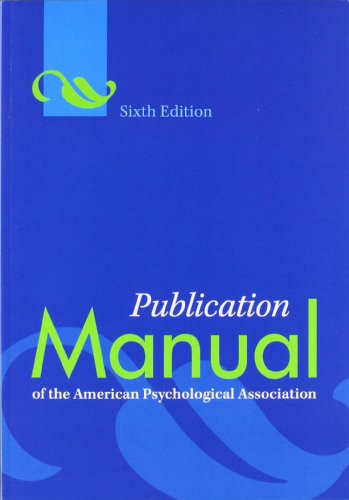This new text for early childhood special education pre-service and in-service teachers provides a unique and much needed focus on how to collaborate...
Read more
effectively with the wide variety of professionals who work with young children who have developmental delays. Rather than limit discussion to the types of developmental disabilitites young children may experience and the role of the special education teacher, this new text explores the wide variety of professionals across disciplines who provide services to children with disabilities. In depth coverage of the history of early childhood education, special education, and litigation related to special education services and the importance of use of non-biased, highly effective assessments, combined with an overview and of major theories, their application, and an extended discussion of health-related contributors to disabilities (e.g., HIV, alcohol, cocaine) related to early childhood development all combine to make this text unqiue in its field. This text provides dedicated special education teachers and therapists with the tools and strategies needed to work cooperatively and effectively with other professionals. As part of the fundamental focus of this text, readers are introduced to the terminology needed to effectively interact with parents and providers of service of children with developmental delays, giving them the skills to enable parents to be actively involved in and contribute to their child's education. Of particular interest to readers will be the discussion of how special education professionals can work with day care providers and preschool teachers so they become familiar with attributes associated with a variety of disabilities and early childhood special education services. Highlights of this First Edition: Focuses on a variety of professionals who provide early childhood intervention services, helping readers become knowledgeable about the jargon and intervention methods use by the wide variety of professional who work with young children with special needs. 5 Unique separate chapters on laws and litigation (Ch. 1), assessment (Ch. 2), play (Ch. 12), behavior management (Ch. 13), and transitions (Ch. 14) provide an indepth look at these crucial aspects of early childhood special education. Theory of child development is integrated/applied throughout all chapters, helping readers understand typical and atypical development. Instructor’s manual provides general teaching tips, chapter objectives, key terms, student activities, lecture materials, suggested additional readings, related websites, agency information, video/DVD suggestions, assessment items (true/false, matching, fill-ins, multiple choice, essay and item directions), and is designed to represent “best practices” in the field of measurement and evaluation
Hide more




